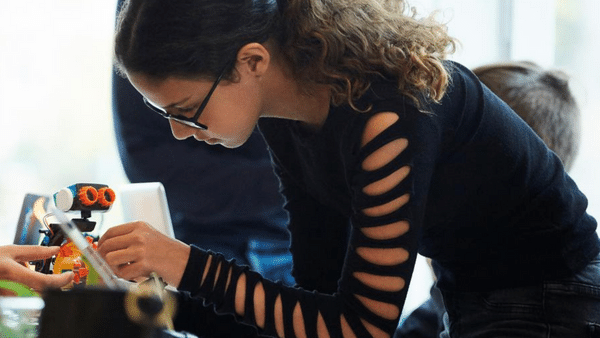The trend for embedding design means that more and more organisations are employing designers as a source of unspecified but strategic problem-solving capacity.
The transcript of this seminar held last month at the RSA is now available here. The trend for embedding design means that more and more organisations are employing designers as a source of unspecified but strategic problem-solving capacity. The underlying question was, if you take away design's obvious 'effects' - products, publications, brand marks and communication devices - what are we left with to call design?
Lucy Kimbell's answer was a nice distinction between the traditional 'problem-solving' definition, with an end-point anticipated, and design as 'enquiry' - a virtuous, rigorous and yielding process in itself. Tony Coultas said design occupies the space between policy and delivery, and directly linked improved customer experience with efficiency. Our embedded anthropologist Simon Roberts described himself as dealing in 'soft' sensibilities rather than hard outcomes, and warned against any assumption that organisations behave rationally. Ben Reason showed how you can embed design from the outside; you don't have to be on staff to 'internalise' design in a way that goes beyond procurement, and Lynne Maher, relative veteran of embedded service design pointed out that even scientifically proven medical discoveries take longer than you think to become adopted as practice.
The discussion between 35 guests centred on three themes: the nature of embedded service design (what is it and where did it come from?); the assessment of value and efficience (does it save money? Should it?) and the challenge of scale (how to repeat isolated or local successes).
Related articles
-
Design mentors: supporting innovation in young designers
Milla Nakkeeran
As we conduct our mentor visits for the 2022-23 Pupil Design Awards read why the role of design mentors is so vital to young innovators.
-
Future of engineering: skills and safety for an evolving sector
Fabian Wallace-Stephens Emma Morgante
Safety in engineering is vital and introducing new technologies to protect workers is important in supporting the future of the profession. This blog outlines milestones in a related project and discusses upcoming engagement opportunities.
-
Recognising reciprocity
Al Mathers
Al Mathers, former RSA Director of Research and Learning, explores the importance of introducing reciprocity into the work of social change organisations like the RSA.



Be the first to write a comment
Comments
Please login to post a comment or reply
Don't have an account? Click here to register.